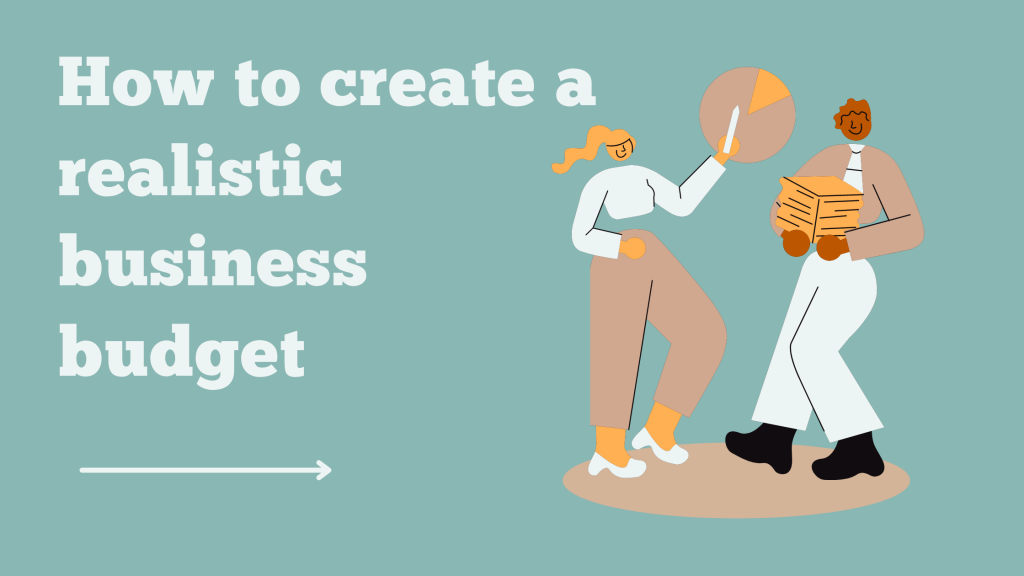Every business, including yours, needs a budget.
When you are first starting out it can be easy to miss this step. You might think you can keep track in your head because there aren’t many transactions yet or maybe you just don’t know where to start.
A realistic budget can be a great tool to ensure the financial health of your small business. It allows you to make confident financial decisions and save money for future investments and growth.
Your budget can also stop you overspending and helps you create goals for you to grow and measure your success.
It can be hard to know where to start, especially if it is your first year and you don’t know the income and costs. If you start simple, then you can build on it and develop it as you continue throughout the year.
Step 1
Calculate your income.
This is the money you receive from customers for your products or services. If you have been in business for a while, you can look at the previous years and adjust for price increases or new products/ services. You can adjust for seasonal trends for Christmas or summer periods if this has an impact on your business.
If it is your first year, it can be hard to know where to start. If you are a service-based business you can start by calculating how many hours you want to work a week and how long each service takes and the price and this is a good starting point. You can then reduce this down if you don’t think you will be fully booked from the start.
Product-based businesses can look at the stock you have, the amount of time you have to prepare each product for sale and go from there. This can be reviewed and adjusted each week once you have launched and have a better understanding.
You can also look at competitors to see how they are doing, to create waitlist to estimate demand.
If you are really struggling you can come back to this step once you have calculated the costs and then you can work out the target of sales you NEED to achieve to at least breakeven.
Step 2
Calculate your costs.
Business costs can be determined between fixed, variable and one offs.
Fixed costs are the easiest to work out so start here. These are the costs that are likely to remain the same each week or month throughout the year such as rent, internet, salaries.
Variable costs can be harder, these are usually the costs that may depend on the turnover. Such as materials, commissions, postage.
One-off costs such as insurances, licences or equipment purchases can be factored in.
Step 3
Next it is important to build in a buffer.
Unforeseen costs will always crop up every now and again – a machine breakdown or coffee split on your laptop! Make sure that there is some wriggle room in your budget!
Step 4
Determine your profit.
The profit is the money you are actually making. What is left over when you deduct the costs from the income.
If your profit is too low or you are making a loss. You need to go back through the steps and adjust. Are your planned costs too high? Or are your sales and pricing too low? Now is the time to take action before you move forward.
Step 5
REVIEW.
This is an important step. There is no point wasting time with steps 1 to 4 if you just leave it there. Anything can change in business in such a short time so it is vital to check the budget on a regular basis and compare this to your actual figures and adjust where necessary.
Book in a regularly slot in your diary to check in on your business finances.
Budgeting is important for you and your business.
A realistic budget makes it so much easier for you to plan for the future, it is like a roadmap for your business and helps you prepare for both positive and negative situations in your business. However, it is really important to review and update it on a regular basis. If things are looking tight then you can take action before it is too late.
The budget you create can help your business not only survive but thrive and flourish.
Get ahead, get it done.
Get in touch if you would like support with completing your tax return.
Ask me for my FREE 22/23 Tax Return Checklist
Thank you for reading this weeks blog – How To Create A Realistic Business Budget.
Flo
